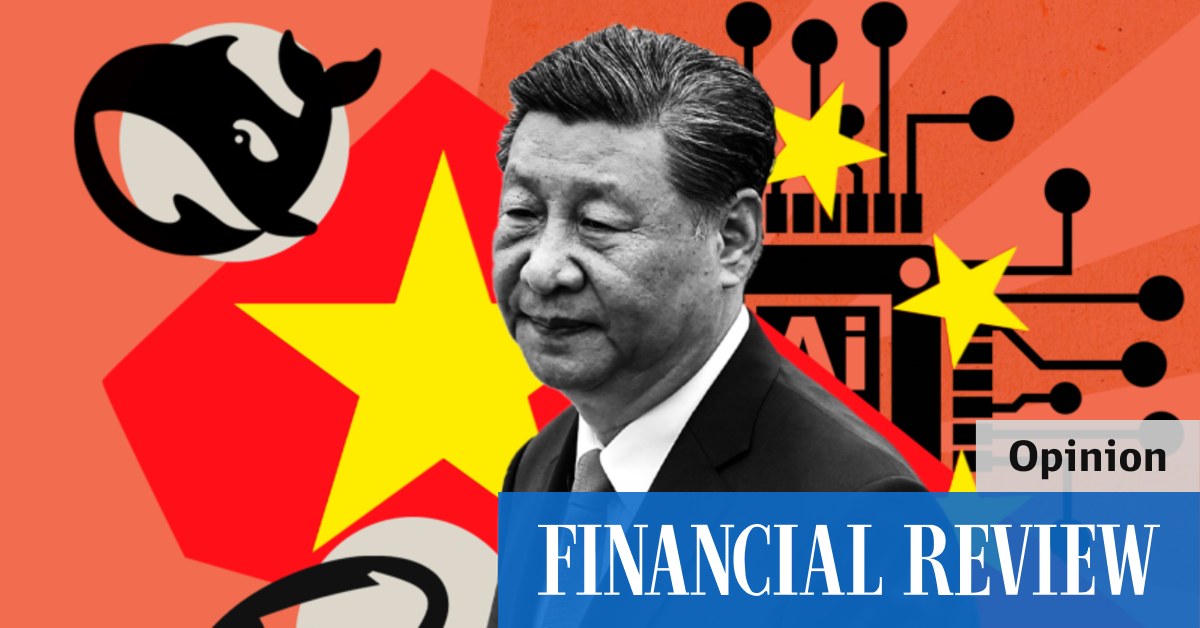China’s Push for AI Engineer Graduates Strengthens Its Position in the Artificial Intelligence Race

China’s Economic Landscape: Shifting Perspectives
China’s economy has often been viewed through a lens of concern due to what some analysts call the "3D" problem: deflation, high levels of debt, and challenging demographics. However, recent trends indicate a transformation in this outlook as investors begin to recognize China as a formidable competitor to the United States, particularly in the realm of technology.
Understanding the "3D" Problem
Deflation
Deflation refers to a general decline in prices, which can signal weaker demand within the economy. China has faced issues with deflation, leading some economists to worry about its long-term growth potential. But recent economic reports show signs of stabilization, suggesting that the immediate threat of deflation may be receding.
High Debt Levels
China’s rapid economic growth has often been financed through significant borrowing, leading to rising debt levels among corporations and local governments. While this situation raises red flags about financial stability, some analysts now argue that the government is taking steps to manage and reform these debts, promoting a more sustainable economic environment.
Demographic Challenges
Demographic changes, including an aging population and a declining birth rate, pose serious concerns for China’s workforce and economic productivity. Nevertheless, there are emerging initiatives aimed at encouraging higher birth rates and improving productivity through technological advancement.
The Rise of China’s Engineer Workforce
A significant shift in China’s economic narrative can be attributed to the growing number of engineers in the country. The statistics are staggering: from 2000 to 2020, the number of engineers in China surged from 5.2 million to 17.7 million, as reported by the State Council. This dramatic increase has created a reservoir of human capital that is essential for innovation and technological development.
Impacts of the Engineer Workforce
- Innovation and Development: A larger pool of engineers fosters innovation. As more trained professionals enter the workforce, the potential for breakthroughs in various sectors increases.
- Technological Advancement: With a strong focus on science and technology, more engineers can lead to advancements in critical fields such as artificial intelligence, biotechnology, and renewable energy.
- Global Competitiveness: The engineering workforce enhances China’s ability to compete globally, especially against leading tech nations like the United States.
A Changing Narrative
Investors and analysts are starting to view China’s economic potential in a new light. Where once the focus was primarily on threats and challenges, there is now an increasing recognition of the opportunities that China’s technological drive presents.
Investment Interests
As China invests heavily in high-tech industries, foreign investors are reevaluating their perceptions of risk versus opportunity:
- Emerging Technologies: China’s commitment to sectors such as 5G, electric vehicles, and artificial intelligence is making it an attractive destination for investment.
- Partnerships with Global Firms: Collaborations between Chinese companies and international firms are becoming more common, leading to shared expertise and resources that can bolster growth.
Conclusion
As the narrative surrounding China’s economy evolves, it is essential to keep track of the developments affecting its growth potential. With a sizeable pool of engineers, strategic investments in technology, and a shift in global sentiment, China is positioning itself as a major player in the ongoing race for technological supremacy. Whether this growth trajectory will continue remains to be seen, but the foundations laid by its engineering workforce and economic strategies indicate a transformative phase for the world’s second-largest economy.






